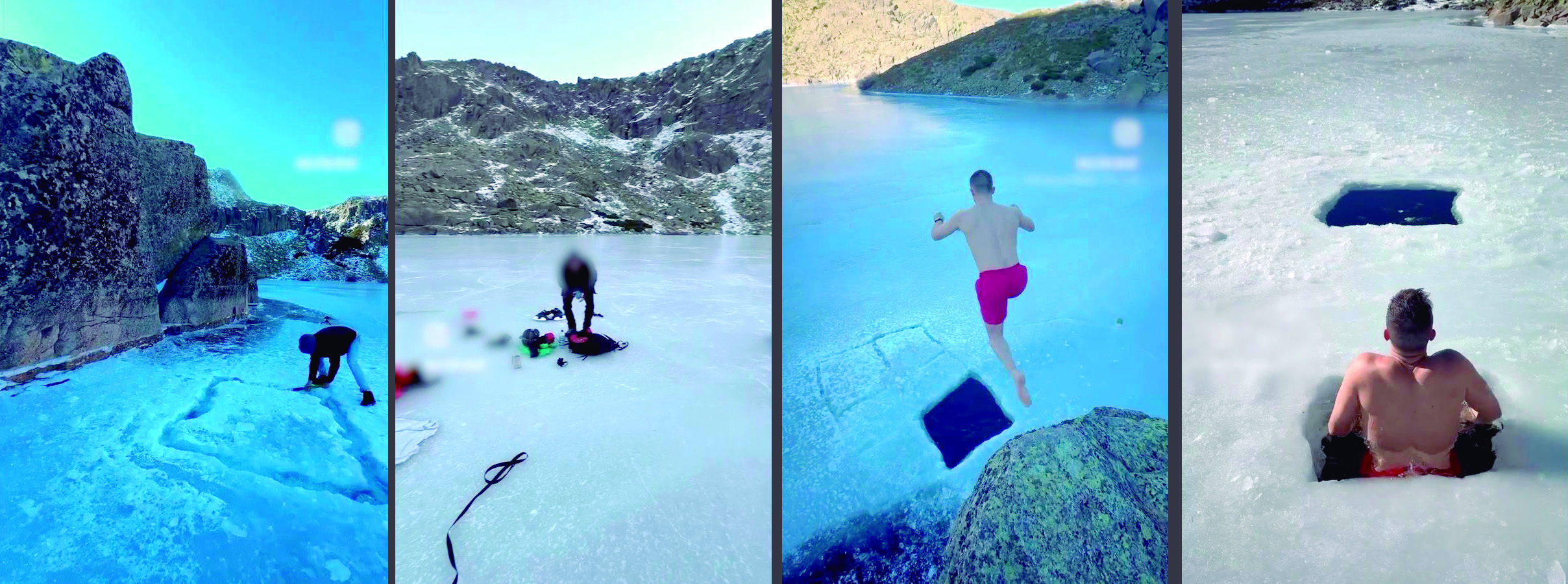[dropcap]S[/dropcap]on dos los objetivos que se pretenden a la hora de interpretar los resultados del estudio de la huella ambiental de las organizaciones: garantizar que se corresponde con los objetivos de calidad y obtener conclusiones y recomendaciones firmes que ayuden a la mejora ambiental.
Por ello, en el estudio se han de incluir controles de integridad que garanticen el cumplimiento de los objetivos, alcance y límites del sistema. Asimismo, los controles de sensibilidad son necesarios para evaluar en qué medida las metodologías utilizadas y sus opciones alternativas determinan los resultados. Finalmente, los controles de coherencia que evalúen la afinidad de la aplicación de las premisas, métodos y consideraciones cualitativas utilizadas.
Una vez que se ha verificado que el modelo es sólido y ajustado a los objetivos, es el momento de analizar los puntos críticos o aspectos significativos, así como las incertidumbres de los parámetros, modelos y las relacionadas con las opciones manejadas en el estudio de huella ambiental.
La última cuestión de esta fase de interpretación es sacar conclusiones de los resultados, responder a las preguntas planteadas al inicio del estudio teniendo en cuenta que la huella ambiental debe ser complementaria de otras evaluaciones e instrumentos, como las evaluaciones de impacto ambiental. También hay que identificar las posibilidades de mejora como el uso de técnicas más limpias, cambios en el diseño de los productos, gestión de la cadena de suministro, sistemas de gestión ambiental EMAS o ISO 14001 u otros enfoques sistemáticos.
“La naturaleza sostiene la vida universal de todos los seres”. (Tenzin Gyatso).
Study of the environmental footprint of the organization: interpretation
[dropcap]T[/dropcap]here are two objectives that are intended when interpreting the results of the study of the environmental footprint of organizations: ensure that it corresponds to the quality objectives and obtain firm conclusions and recommendations that help environmental improvement.
Therefore, the study must include integrity controls that guarantee compliance with the objectives, scope and limits of the system. Likewise, sensitivity controls are necessary to assess the extent to which the methodologies used and their alternative options determine the results. Finally, the coherence controls that evaluate the affinity of the application of the premises, methods and qualitative considerations used.
Once it has been verified that the model is solid and adjusted to the objectives, it is time to analyse the critical points or significant aspects, as well as the uncertainties of the parameters, models and those related to the options handled in the environmental footprint study.
The last question of this phase of interpretation is to draw conclusions from the results, answer the questions posed at the beginning of the study taking into account that the environmental footprint should be complementary to other assessments and instruments, such as environmental impact assessments. The possibilities for improvement must also be identified, such as the use of cleaner techniques, changes in product design, supply chain management, EMAS or ISO 14001 environmental management systems or other systematic approaches.
“Nature sustains the universal life of all beings”. (Tenzin Gyatso).




















